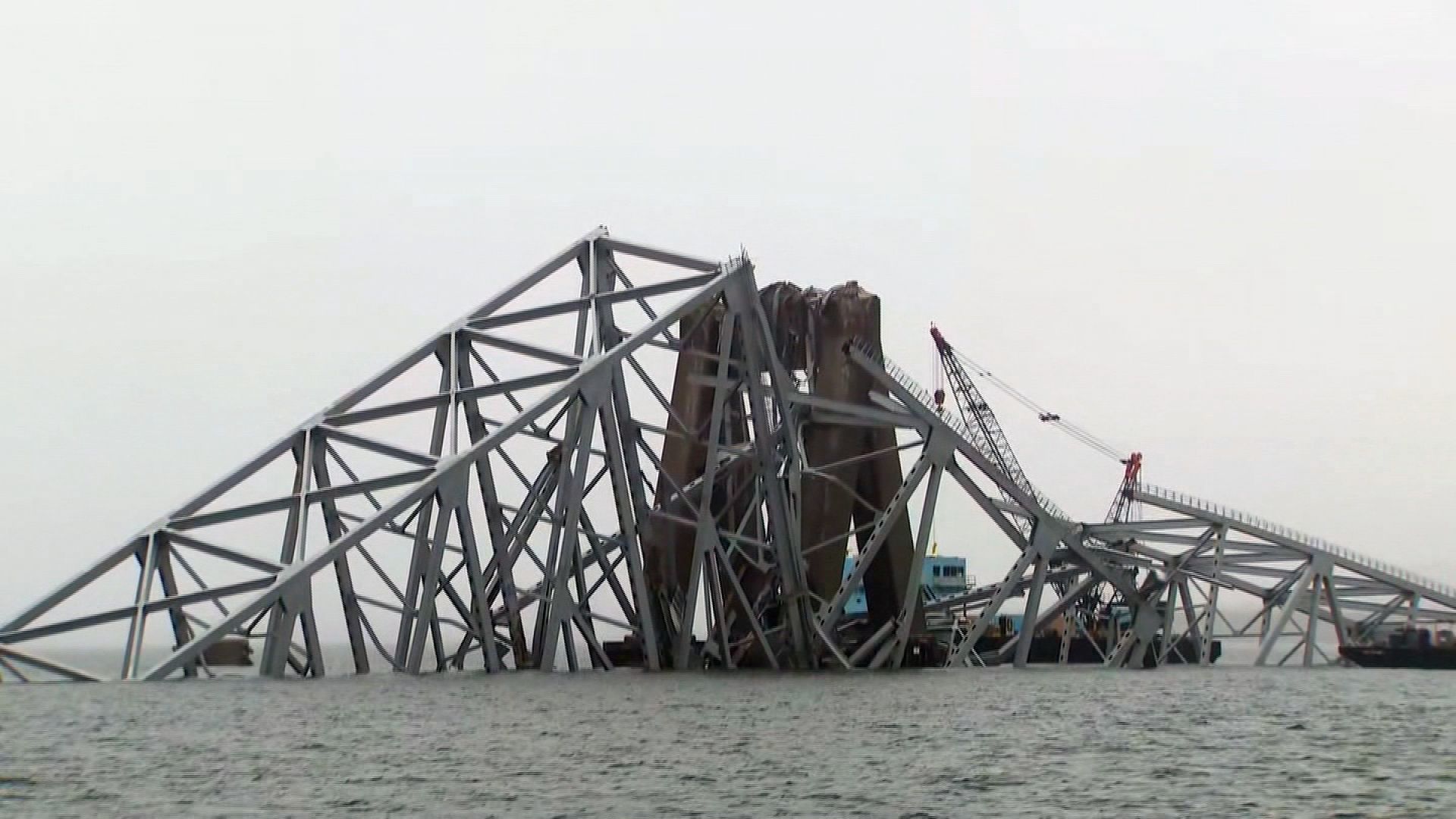The Francis Scott Key Bridge removal and the refloating of the container ship Dali are intricate operations facing different challenges. The bridge removal, aimed at clearing the navigational channel, involves a meticulous salvage process. Each lift of the wreckage, meticulously planned and executed, requires extensive engineering expertise.
Salvors, including firms like Donjon Marine Co., Inc., Resolve Marine, and Skanska, are using a variety of waterborne assets and technologies, such as high-resolution side-scan sonar and hands-on assessments by divers, to carefully cut, rig, and lift sections of the bridge from the riverbed.
As sections of the bridge are lifted, they are transported to a nearby industrial and logistics center for processing and recycling, marking significant progress toward the goal of establishing a limited-access channel by the end of April. This channel is crucial for restoring access to the Port of Baltimore, facilitating the flow of container and roll-on/roll-off vessels, which constitute a substantial portion of the port’s traffic.
However, the plan to refloat the container ship Dali has proven more complicated than anticipated. Initially, the plan involved cutting off the section of the bridge sitting on top of the vessel, but safety concerns and uncertainties led to a revised strategy.

The new plan involves removing containers from the ship’s bow to create space for constructing a staging area. This staging area will facilitate the sequential cutting of large truss sections and the delicate process of refloating the vessel, enabling it to be towed back to the port.
Despite the challenges, progress has been made, thanks in part to the unified command structure that enables agencies to collaborate and refine the operation continually. While the overall cost of the operation has not been disclosed, it is reported to be in line with initial estimates. However, the effort is overshadowed by the tragic loss of two workers who were on the bridge during the collision. Protocols have been implemented to recover their remains, underscoring the importance of the human factor in the operation.
Colonel Estee Pinchasin, Commander of the U.S. Army Corps of Engineers’ Baltimore District, emphasizes the importance of safety and collaboration in the operation. Each lift and maneuver is a learning opportunity, and the expertise of salvage experts is instrumental in overcoming challenges. Despite the complexity of the tasks at hand, the unified command remains committed to achieving its goals while ensuring the safety of all involved.


